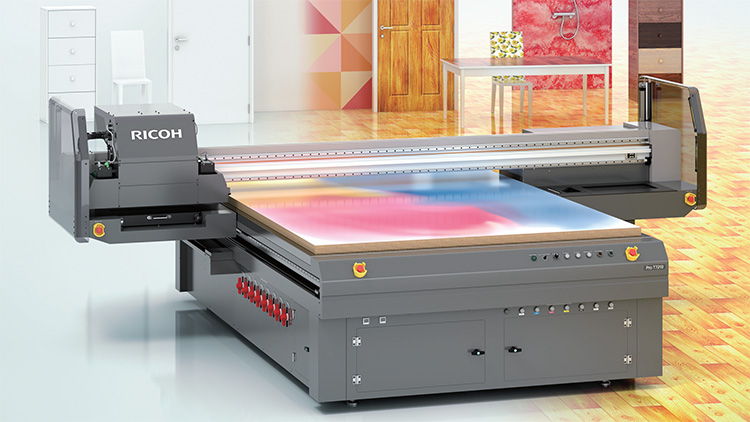The 2019 Widthwise poll of wide-format print professionals found that almost a third (31%) planned to invest in UV-curing flatbed printers in the next couple of years, putting the technology top of the list of purchasing intentions.
Until recently, many graphics businesses would consider the initial cost of a UV flatbed too high to justify – so what's changed in the market to make this system number one on so many shopping lists?
Like in so many industries, display print customers want their products as soon as possible. A three-day turnaround is no longer a premium service but is now the norm, and even that is quickly being eclipsed by demands for same-day or even one-hour delivery. Many 1.6m or smaller solvent or eco-solvent roll-fed printers can print high-quality work at high speeds, but how quickly the print emerges from the device is only part of the process.
Graphics printed with solvent and eco-solvent inks need to be outgassed before being mounted, downtime of typically over six hours, which takes some juggling to accommodate into a fast-return, on-demand service. The next step in the process, cutting and mounting the roll output onto the final media, also takes time and labour. The print may also need to be laminated. At this point, the impressive speeds of your swift solvent roll-fed printer may actually cause a problem: a bottleneck in your finishing department that will prevent getting those graphics to the customer.
Considering these time and labour factors together with the more obvious costs of initial outlay and consumables, purchasing a UV-curing flatbed printer begins to look like a more justifiable investment. Pieces printed with UV-cured inks are immediately touch-dry as soon as they come out of the printer, eliminating the lengthy outgassing process before laminating. Indeed, lamination may not be required at all, depending on the application, thanks to UV's durable finish. The print can then be cut and shipped to achieve that one-day – or even one-hour – premium service.
Another customer demand answered by UV-curable printing is material flexibility. As well as standard display board substrates, UV printers with primer can print onto practically anything, including wood, glass and metal. White and clear UV inks boost strong colour prints on dark substrates and allow creativity in the form of 'spot vanish' effects. Together, these features add significant value.
The Ricoh Pro TF6250 is one UV flatbed printer that ticks these boxes. Able to print at sellable quality at around 50sqm/hr, large enough to handle the popular '8×4' board size and with built-in priming capability to print on a range of standard and more unusual substrates in white, gloss and rich colours, this printer can meet those valuable customer expectations. In a climate of suppliers competing against each other to offer lower prices and faster delivery, UV-curable flatbed is a logical investment decision.
For further information on Ricoh wide-format products and services, please click here
Authored by Stewart Cobby, Ricoh Inkjet Sales Manager (UK); Commercial & Industrial Print Group





